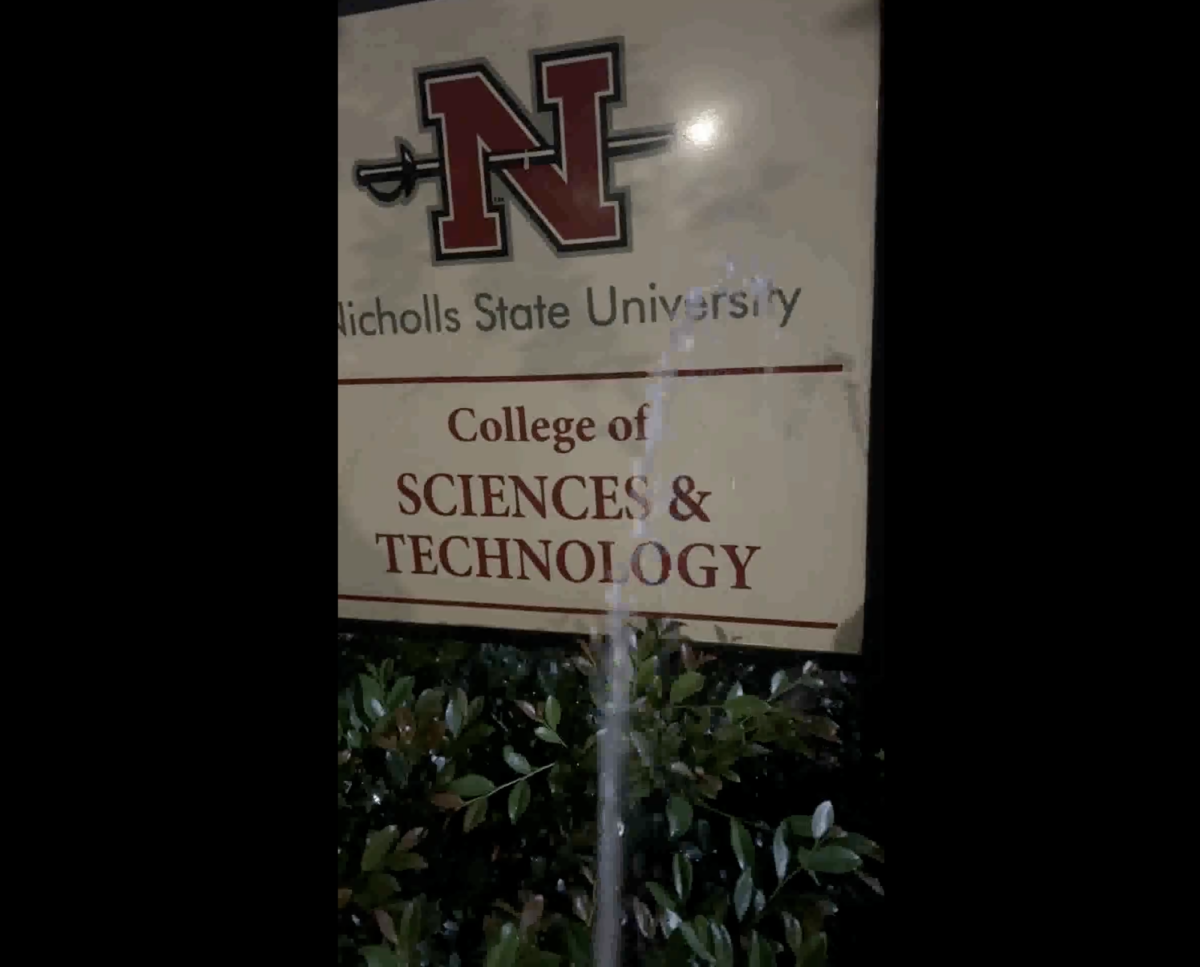Nicholls State University’s Wi-Fi overhaul project expanded coverage across campus, answering years of frustration—but students still find themselves buffering instead of browsing during peak residence hours.
The improvements follow widespread complaints documented in The Nicholls Worth last academic year. In November 2024, students reported spotty internet in academic buildings and dorms, with weak signals affecting everything from online coursework to gaming.
A follow-up in February 2025 outlined a $300,000 solution. Funding came through the state technology fee and was spearheaded by former Student Government Association President Jax Badeaux.
Now, after a summer-long infrastructure push, the university has completed the installation of 686 wireless access points across academic buildings and common areas. These target historically weak zones, such as the Quad and several classroom halls.
The total number of access points now exceeds 1,500, supporting an average of 9,000 unique devices daily, according to Slade Besson of the university’s Information Technology department.

“This project wasn’t about boosting speed, but about increasing coverage,” said Jerad David, director of communications and legislative affairs.
“That said, the new access points use updated Wi-Fi protocols, which do provide a noticeable performance bump for many users,” he said.
The upgrades focused on high-priority areas like Ayo Hall, Peltier Hall, Kilgen Hall, Talbot Hall and Powell/White Halls, with two to three access points installed in high-volume classrooms.
Coverage was also enhanced in the Student Union, Quad, and dining areas—locations students previously identified as dead zones.
Still, the improvements haven’t fully eliminated performance issues, especially in the residence halls during peak hours.
“Even with all this, when you’ve got every resident on their phone, laptop, or gaming console after most class hours, it puts a strain on the network,” David said. “That’s just the reality of modern internet usage on college campuses.”
David noted that while Nicholls is connected to high-speed research-grade LONI (Louisiana Optical Network Infrastructure) lines, Wi-Fi performance still depends on how many devices connect to a single access point.
He encouraged students to reduce unnecessary wireless use and switch to Ethernet connections when possible.
“I’ve recognized that in the past I’ve had maybe four devices pulling from one access point without realizing it,” he said. “If you’re not using a device, disconnect. If you can plug in, it frees up wireless space for others and guarantees faster access.”
With the goals of the February 2025 project now met, David said the university has reached the limits of this upgrade cycle.
“Short of another funding pool, we’ve done about all we can do at this point,” he said. “But we’re continuing to monitor and maintain these new systems.”
While the IT department actively monitors performance across campus, students are still encouraged to report any issues so they can be addressed quickly. To submit a ticket, students can use the following link: Wi-Fi IT Ticket Form.
For now, campus internet users may notice stronger connections in classrooms and public spaces, but evening slowdowns in residence halls remain a challenge. One that may take more than new equipment to solve.








